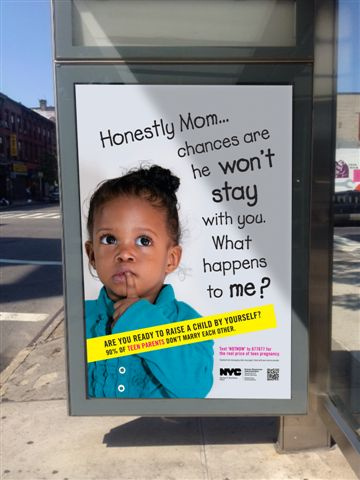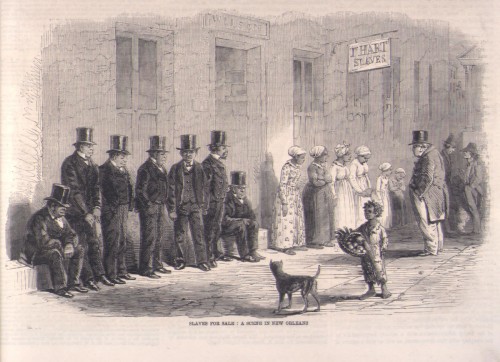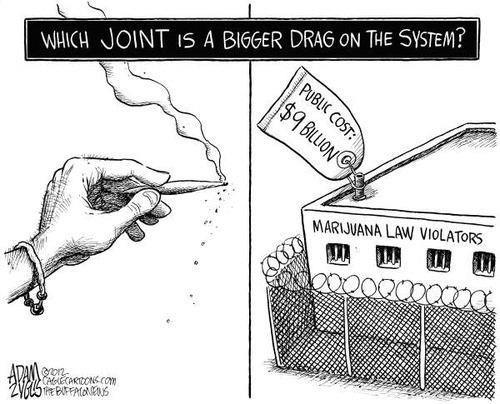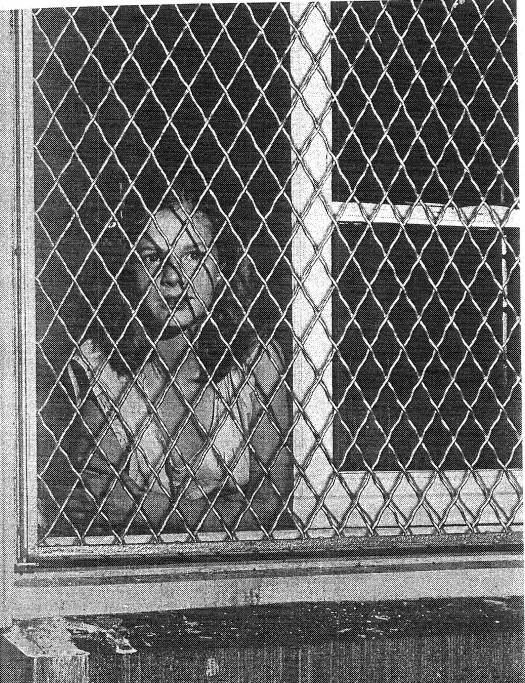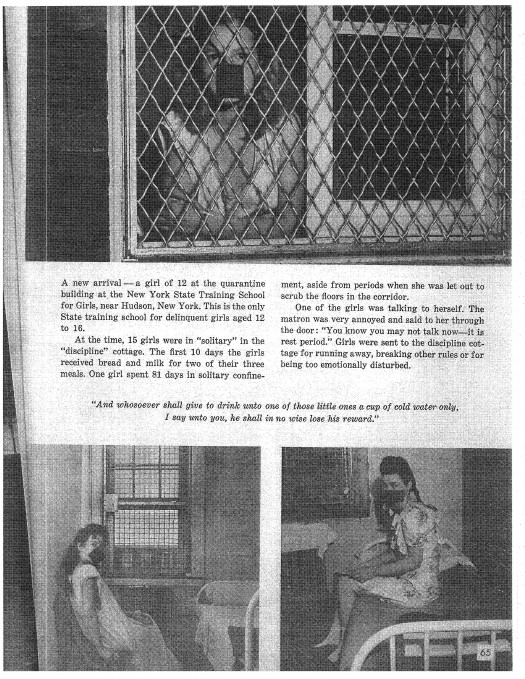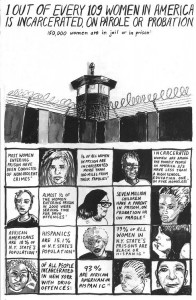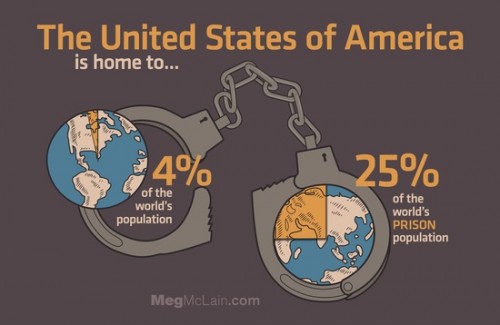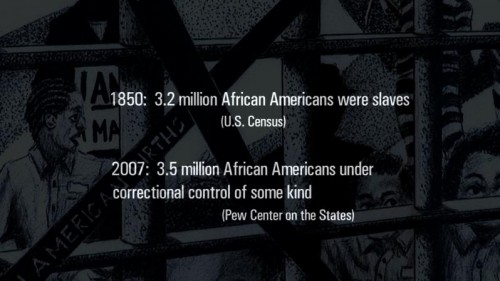Author’s Note: As I mentioned a few of weeks ago, I am using this blog to think through some of my experiences in working with young women of color for many years to address violence. This post is a first draft of some ideas. Please do not repost any part of this anywhere else (especially without permission). I’m still working through my ideas for a long essay that I am currently writing. This means that my thoughts are still inchoate and incomplete. I never know what I think about something until I write it down so the blog is serving that purpose for me right now. I do welcome any comments and suggestions from others who have worked through these issues with young women of color as well.
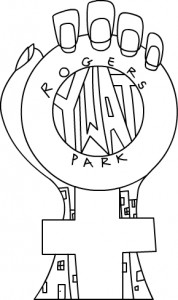 A few weeks ago, I wrote about the personal experiences that led me to co-found the Rogers Park Young Women’s Action Team (YWAT) with girls of color in my community in 2003. Today, I want to share what I learned about how some young women of color conceptualize street/public harassment. [*All names have been changed]
A few weeks ago, I wrote about the personal experiences that led me to co-found the Rogers Park Young Women’s Action Team (YWAT) with girls of color in my community in 2003. Today, I want to share what I learned about how some young women of color conceptualize street/public harassment. [*All names have been changed]
On my block
The streets that scare me at night
Are the same streets that are supposed to protect me during the day.
These are the streets of many young girls
Young girls who don’t know that they have entered the nest where predators lay.
This is my neighborhood
This world I didn’t belong to was right around me but it seemed so very far away
Why are the cops so busy harassing young boys instead of helping me when I call out RAPE!
This world was not mine because I was scared to show off my long legs and curvy figure like most of my sistahs
I was uncomfortable in my neighborhood…
Source: “These Streets….Are Mine” by Shay Armstead, 17, leadership core member of YWAT
Young women in East Rogers Park regularly complain about routine street harassment on three major thoroughfares: Morse Ave, Clark Street, and Howard Street. On any given day, one can find young and old men standing on Morse and Howard hanging out in front of local bodegas and liquor stores or in front of the EL stations. Others cruise the streets in their cars looking to ‘hook up’ with young women. Young Women’s Action Team (YWAT) members conducted their own research about street harassment in the summer of 2003. They administered surveys to over 160 young women in Rogers Park ages 10 to 19. Over 80% of their survey respondents reported that they experienced catcalls on a daily basis. Their findings illustrated the prevalence of street harassment in Rogers Park.
At its most basic level, street harassment is “the harassment of women in public places by men who are strangers to them” (Bowman 1993, 519). It is a form of sexual harassment that encompasses different behaviors, gestures, and comments. YWAT members identify suggestive comments and gestures, name-calling, re-naming (calling you a bitch or a ho), whistling, ‘hollering’, put downs, demands for sex, following, grabbing, and touching as examples of street harassment. In addition, it was important that the target of these actions was uncomfortable by the attention in order for them to be potentially considered as violence.
Fourteen year old Tania’s definition of street harassment mirrored those offered by many others: “I define street harassment by catcalling, and unwanted attention while you’re walking down the street. You just want to be left alone, but somebody just keeps on bothering you, and telling you ignorant stuff that you don’t want to hear.” Tania’s definition of street harassment involves particular acts that take place in a public setting. But her definition includes no mention of the gender of the harasser or the victim. The overwhelming majority of the young women who I’ve worked with and interviewed over the years maintain that young women are disproportionately victimized by male harassers. Tania does not feel the need in her definition to specify who is doing the harassing and who is being targeted because for her it is a given that men harass and that women are targets. There were only a couple of instances when young women did suggest that girls can be harassers and that young men can be the targets of street harassment. Nineteen year old Maya, a founding member of YWAT, was one of the few to offer the perspective that men are sometimes victims of street harassment:
“At first I did think it was just women, you know, guys are just there to harass, but of course, as I grew older and wiser, we have at our events, the men that did come, they came and they spoke out, we are getting harassed too, and it’s surprising to me at first, some women do harass guys, it was also an issue too, because you know we work with GLBTQ, and it was myself and another girl that went to meetings with YWEP (young women’s empowerment project) and there are gays, and those guys would get harassed just because of that, you know, so I think that population of men grew unexpectedly among YWAT, wow, there are a lot of guys that get harassed.”
Read more »
